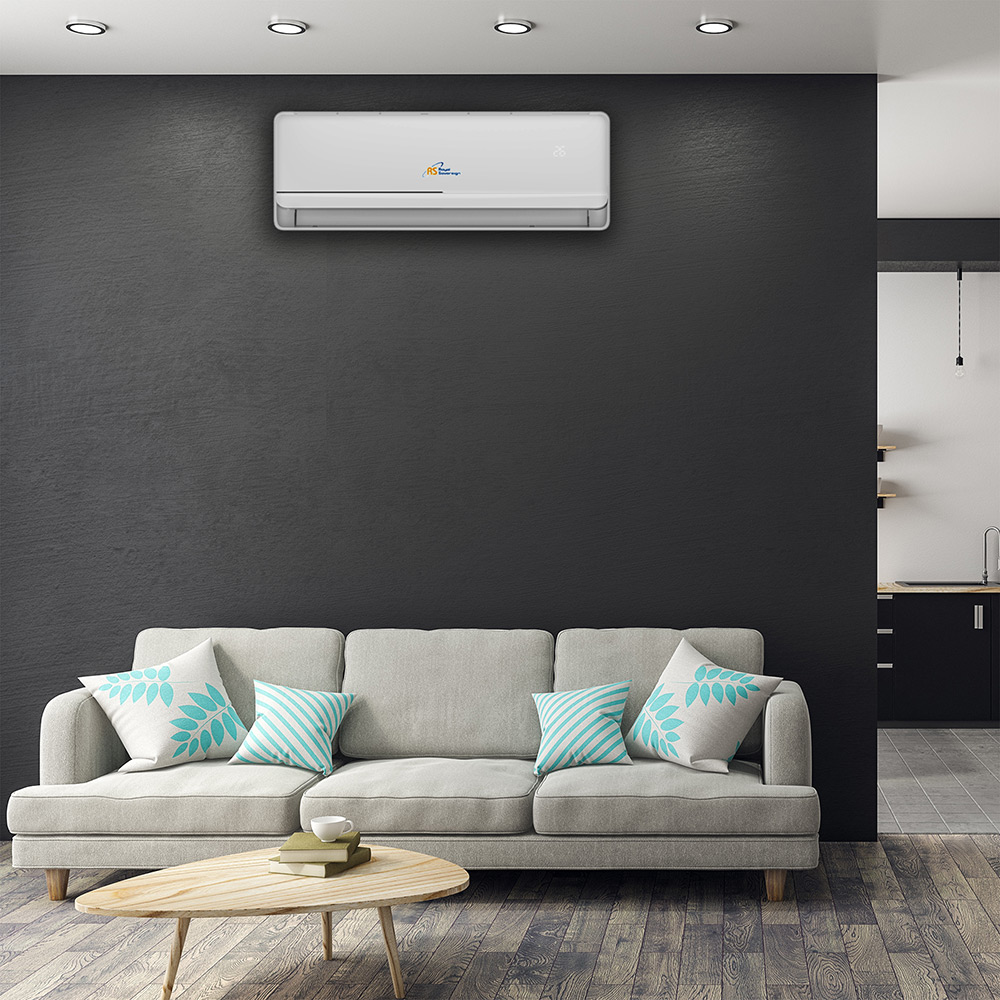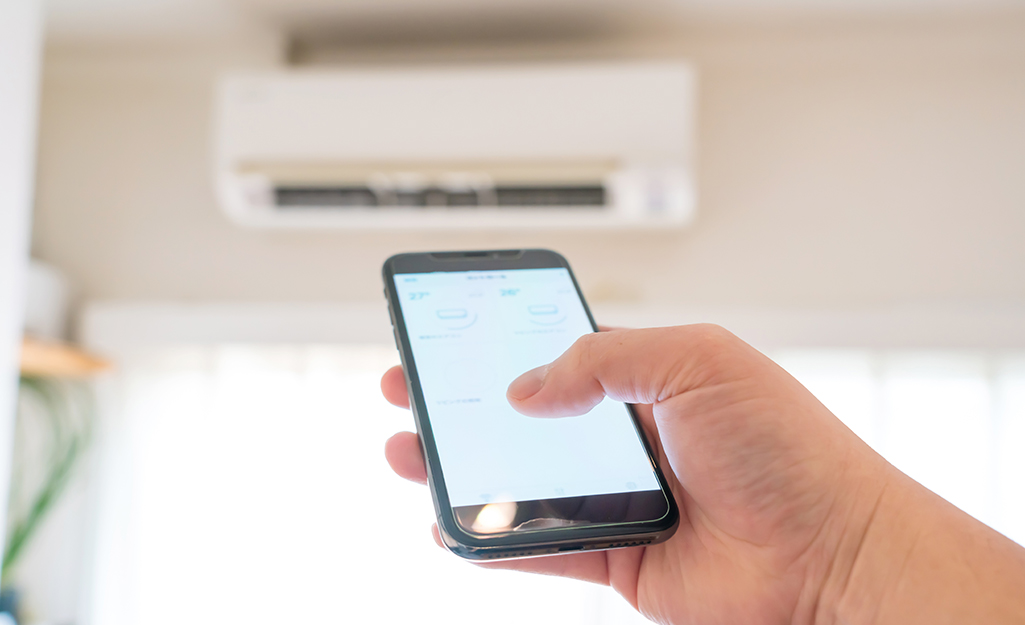Things to Know Before Installing a Whole-House Ductless System

Published September 5, 2023
Ductless heat pumps control the temperature of your home by moving warm air from one location to another. To warm your home it will draw in hot air from the outdoors. To cool your home it will send hot air out. Learn more about these systems and how they work with this easy guide.
Difficulty:
Advanced
Duration:
Over 1 day
Table of Contents
Things to Consider
Where to Install and How Ductless Systems Work
Ductless System Upgrades
Things to Consider

- Installing a whole-house heat pump is best left to a contractor with experience in professional ductless mini-split installation. The contractor should run a heat load calculation to determine the correct sizing of the overall system.
- A wall-mounted ductless heat pump is a good solution for open areas like entertaining areas, bonus rooms, or open floor plans.
- Outdoor units can be sized to accommodate multiple zones of heating and cooling.
- In snowy climates, the outdoor unit should be mounted above the snow line.
Where to Install and How Ductless Systems Work

There are multiple location options for ductless systems:
- Wall mounted units are the most common type. They are the least expensive and easiest to install.
- Ceiling recessed systems are the best choice for open floor plans. They send air in four directions at the same time. This choice will require about 10 inches of clearance above the ceiling.
- Floor mounted systems are the easiest in terms of maintenance. They sit near the floor and blow air toward the ceiling.
- Concealed units are installed near the ceiling with only the grilles visible. They have hidden ducts that send air into different rooms.
Whole house ductless systems are composed of multiple parts:
- Refrigerant tubing connects the outdoor unit to the indoor units through a branch box. It can connect five indoor units with individual refrigerant lines.
- Ductless units can be attached to duct work to feed conditioned air into the living space.
- Each unit requires two refrigerant connections, a drain line to remove condensate, a supply duct to bring conditioned air to the living space and a return duct to bring the air back to be heated or cooled.
- Each zone has its own programmable thermostat.
Ductless System Upgrades

There are upgrades that can be added to your ductless system to improve efficiency:
- Wireless controls allow you to operate your ductless system from anywhere using your phone
- Variable-speed compressors prevent temperature swings and calculate your indoor cooling needs by adjusting refrigerant flow
- Sensors track when you enter a room, signaling the system to turn up. When you leave, it will signal the system to turn down. This will save money and energy.
Whole house ductless systems can be an energy-saving solution for your home. By controlling the temperature of your home through the movement of hot air, they keep your home at the right temperature while using less energy. Download the Home Depot Mobile App and find products fast with image search. Snap a picture of an item you like and we’ll show you similar products.























